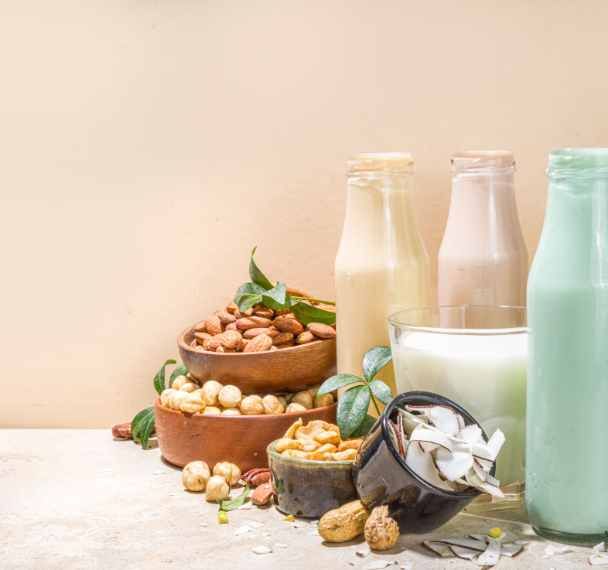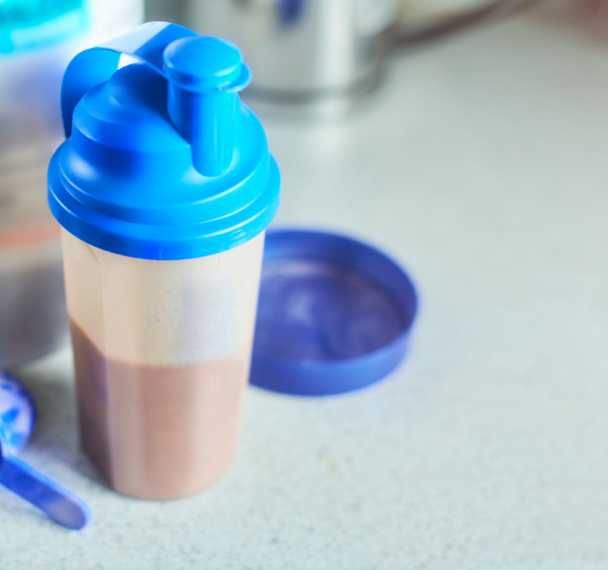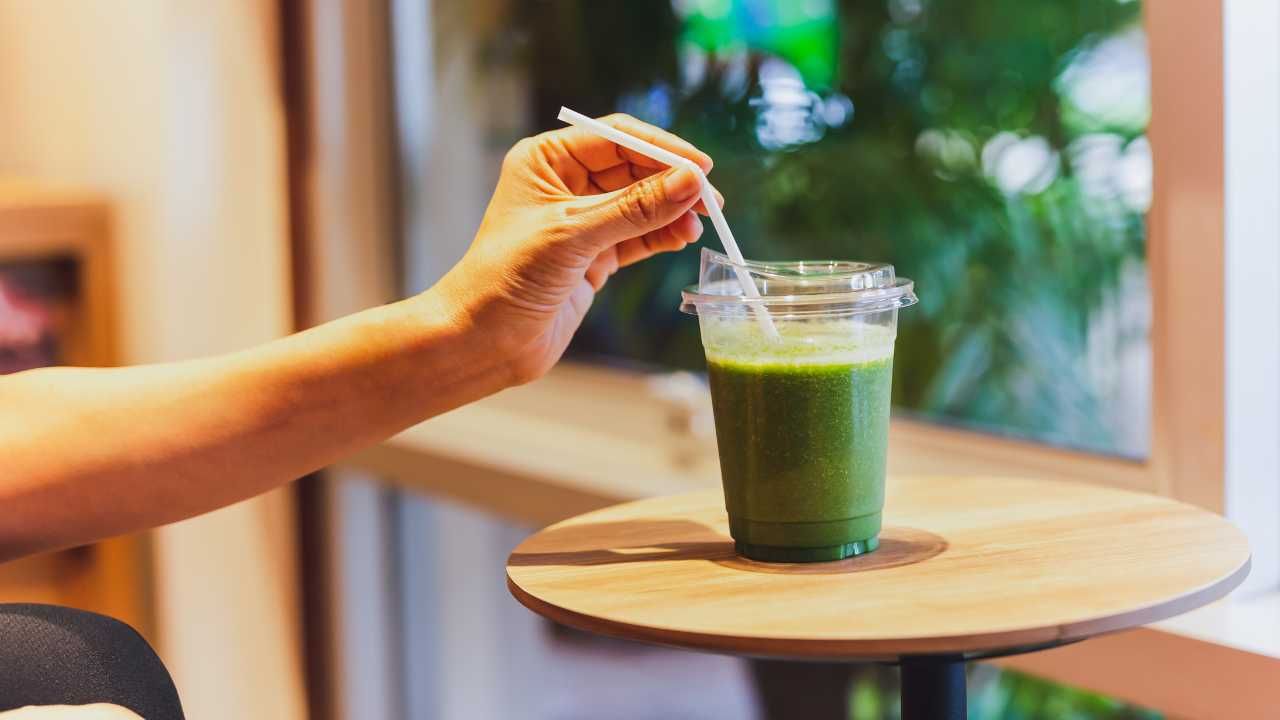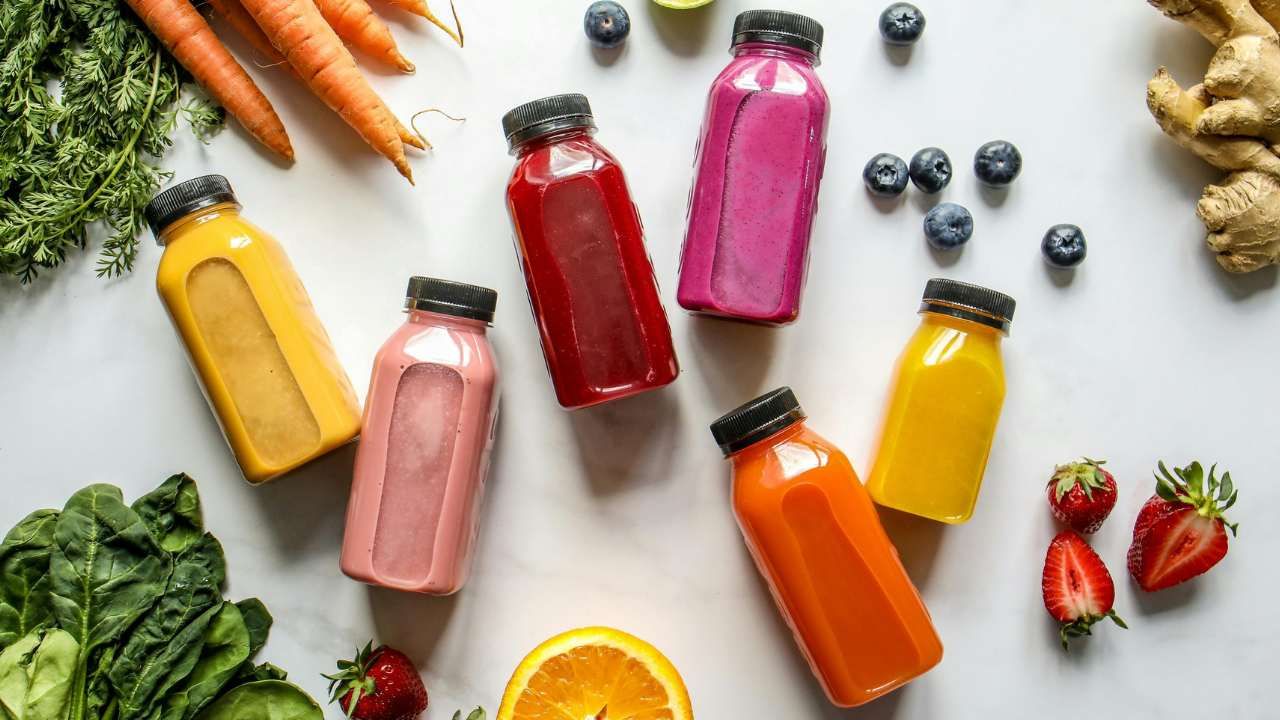7 Common Mistakes to Avoid When Working with a Flavour House
Sep 03, 2024
Introduction
Working with a flavour house and getting great results quickly is more complex than simply asking for different flavours. Everyone assumes that they are the expert and knows which flavour profiles will better fit your product. But this is a mistake!
If you are a F&B start-up and you feel frustrated with endless back and forth between you and flavour houses, you don’t know which direction to go to find the right flavour profile, or you struggle to get the results you want for your FMCG product, you have come to the right place.
In this blog post, we will show you the common mistakes to avoid when working with flavour houses and share our top tips to enhance your collaboration, so you can achieve great results in a short and efficient way.
What exactly is a flavour house?

Flavour houses are business-to-business (B2B) food manufacturers that specialise in manufacturing and selling both natural and non-natural flavourings, extracts, essences, and essential oils.
What is a flavouring?
Flavourings are complex chemical substances that require the expertise of a flavourist to achieve a perfect solubility, stability, and homogeneity and compliance with the legislation.
That is why flavourings can be expensive and time-consuming to create.
Departments
Flavour houses have a lot of different departments and expertise. Let’s have a look at the main ones:
The first one is the analytical team. This department is responsible for extracting and analysing raw materials using machines like GS-MS, to determine their composition, specifically their flavour compounds.
They generate a report with a list of flavour compounds and their quantities to help flavourists during flavouring matching or creation.
The Flavourists team is responsible for creating flavour samples in their laboratory. Usually 80% of what their job is flavour matching and 20% flavour creation. But that depends on the size of the flavour house and the flavourist speciality.
The Application team is full of food scientists who select the best flavour profiles for various food and drink applications. They also work very closely with the flavourists to taste their flavours and help them perfect the desired flavour profile.
Most flavour houses have dedicated labs for savoury, sports nutrition, beverages, bakery, confectionery, and dairy. They also offer recipe development services for NPD (New product development) or EPD (Existing product development), for specific customers.
The Sensory team works alongside the application and flavourist teams to host flavour lexicon training and collect data around flavour perception, acceptance and validation for specific customers projects.
The Regulation team is responsible for monitoring the flavour legislation in different countries and keeping the flavourist teams updated. They create safety data sheets (SDS), and technical documents for the manufactured flavourings.
The QA/QC teams are responsible for validating raw materials upon delivery and each flavouring production, considering both technical and sensorial aspects. They also test newly created flavourings to assess their safety and technical features, which are then included in the regulatory documents for customers.
The Marketing team works closely with the flavourist and application teams to create trend presentations that inspire customers. They also do market research and consumer surveys for specific customer projects.
7 Common mistakes made by the food & beverage industry
1. Assuming that flavourings are cheap
It is basically impossible to tell you how much flavourings cost on average. This depends on the process, the raw materials used and their quantities.
Especially if you want an impactful flavouring with a complex flavour profile, it will cost more. It is the same as buying a car, the price will depend on the type of car, the brand, the space, the speed etc.
2. Assuming that flavourings have a strong impact
The impact of a flavouring in a product will depend on various factors such as ingredient interactions, pH, water activity, fat, sugar and salt content, process and packaging.
For example, some raw materials are more volatile than others and therefore the flavouring needs a high concentration of these raw materials to be able to taste the desired flavour profile after a hash process.
3. Asking for “authentic” flavours
The term "authentic" doesn’t mean anything. Even freshly picked strawberries will have different tastes. Authenticity is subjective and can mean different things to different people according to their upbringing, familiarity and culture.
4. Using the same flavouring in different applications
The flavour profile will depend on various factors such as ingredient interactions, pH, fat, sugar and salt content and process.
For example, some raw materials are more volatile than others. The flavour profile will be completely different if you use a low or high temperature during the process.
5. Thinking that every flavouring is achievable naturally
Some flavour compounds like the ones that create wheaty, biscuity, and nutty notes can’t be extracted naturally from nature and when they can they are very expensive.
This is because the flavour legislation protocol for extracting or producing natural flavour compounds is very strict and has to avoid harsh chemicals and processes.
6. Asking for one or a multiple flavour without precising the flavour profile e.g. “different strawberry flavours”
Flavour houses have thousands of flavourings in their database and flavour library. For instance, they may have hundreds of strawberry flavours, and therefore don’t have time to try them all.
They will give you some recommendations based on flavour profiles that will better fit your product, but they won’t be able to go deep into specific flavour profiles as they do not know your target consumers and what their preferences are.
If we take our example with cars, it will be the equivalent of going to a car dealer and asking to see 3 cars, without mentioning if you want a manual or an automatic, an electric or petrol, etc.
What you are doing is you are letting flavour houses make decisions for you in terms of flavour profile, except that they are shooting in the dark.
That’s why so many products fail during product development stage, especially during consumer testing. You then need to request more flavours, and repeat the process, which is a waste of your time and money.
7. Not providing base/pre-mixes/ingredients and recipes
The more gap you create between your ingredients and process and the one from the flavour house, the bigger the flavour will be differ once it is in your product. These details have actually a huge impact on the final flavour profile and flavour impact.
6 tips to work more effectively with a flavour house

1. Engage suppliers at the earliest
Maximise the benefits of working with flavour suppliers, their invaluable insights can guide you and prevent wasted time with incompatible flavours for your product.
2. Discuss flavour profiles & strength
Flavour houses may have thousands of flavourings in their library. Provide them with your target consumers, specific flavour profiles, and benchmark products based on your research to help them narrow down and make the process more effective.
3. Provide a detailed brief
To ease flavour selection or creation, create a spreadsheet or word document with all the information below. Additionally, include any questions you may have. Take the time to do this step to save you time and avoid problems in the future.

4. Consider the cost & taste implications of each choice.
Often considered as commodity ingredients, flavourings are very difficult to create and therefore can be expensive. On top of that, the complexity and impact of a flavouring in your finished product are most of the time correlated with higher cost but better result.
5. Send base/pre-mixes/ingredients & recipes
For every project you work on with a flavour house, send them your base, ingredients, or pre-mixes and simplified recipes. It is understandable to protect your recipe but trust me, this will save you time and money in the long run.
It will allow you to minimise errors and adjustments, maximise flavour delivery and save time by avoiding back-and-forth flavour iterations.
6. Consider deadlines and MOQs when requesting flavourings
🔸 Flavour Selection from an existing flavour library will take 2-4 days.
🔸 Flavour Creation for a bespoke flavouring can take up to 2 weeks.
🔸 Flavour Production: liquid flavouring MOQs are around 10-25kg and will take 4-6 weeks.
Conclusion
Flavourings are not commodity ingredients; they are complex and can be quite expensive, especially if you want something that has the desired flavour profile and is impactful.
You shouldn't settle for something cheap that tastes okay, but rather focus on flavours that have the right flavour profile for your product and target consumers, are impactful, heat and pH resistant, and perform well over your product's shelf-life.
Investing in high-quality flavours, communicating thoroughly with flavour houses, giving them sufficient time to work, and providing necessary ingredients and process details are crucial for achieving great results for your product.
It not only saves you time and money, but also ensures a more efficient process in getting your product right.








